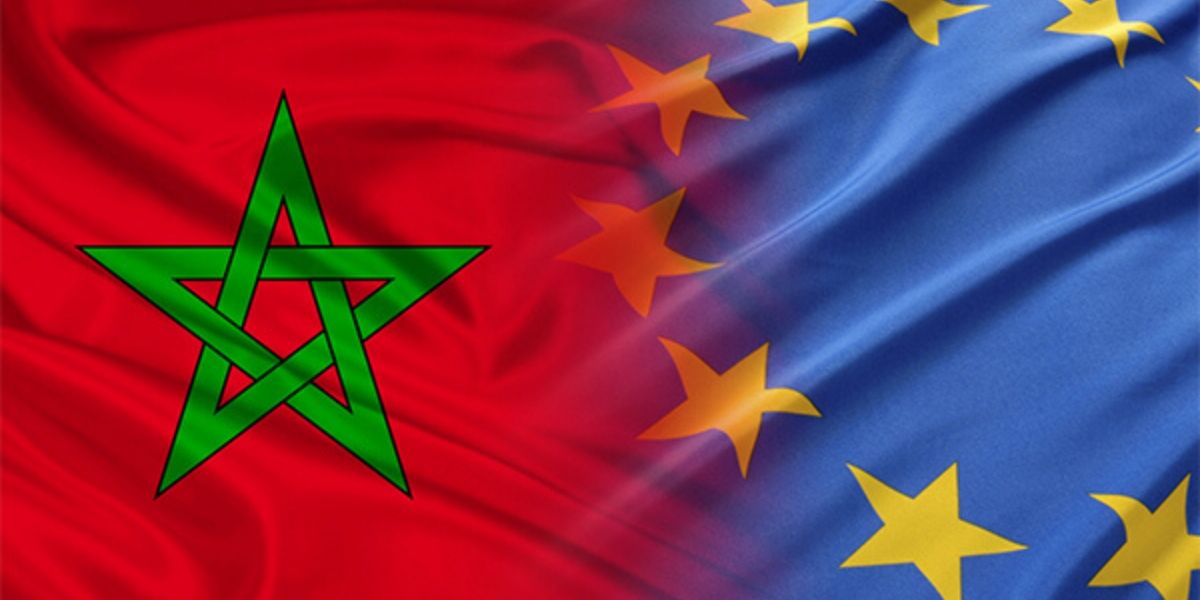On Thursday, the European Central Bank (ECB) opted to keep its three key interest rates unchanged—a widely expected move in light of the current global economic uncertainty. But while the decision directly concerns the eurozone, its implications extend beyond Europe’s borders, particularly to countries like Morocco, whose economic and financial ties to the EU run deep. Though Rabat has shown no immediate response, the ripple effects could touch several layers of the Moroccan economy.
The ECB’s decision holds rates steady at 2% for the deposit facility, 2.15% for main refinancing operations, and 2.40% for the marginal lending facility. The message is clear: the eurozone economy may be fragile, but the ECB is betting on its resilience. For Morocco, this offers a sense of monetary stability. As one of the EU’s key trading partners, the Kingdom benefits from a predictable financial environment—an essential ingredient for investment planning and steady trade flows.
Lower European interest rates also create a favorable backdrop for capital flows toward emerging markets. With its focus on developing high-potential sectors like industry, finance, and renewable energy, Morocco is positioning itself as a stable and attractive destination. Investors seeking better returns outside of low-yield European assets may see increased appeal in Moroccan markets.
There’s also a currency dimension to consider. Morocco’s exchange rate system is anchored to a basket of currencies, with the euro playing a dominant role. As such, any shift in eurozone monetary policy affects Morocco’s internal financial balance. A growing gap between Moroccan and European interest rates could create pressure on the dirham, potentially impacting foreign exchange reserves and price stability. This underscores the need for Bank Al-Maghrib to maintain its cautious, closely monitored monetary approach.
The ECB’s stance is also designed to nurture economic growth within the eurozone—a welcome signal for Moroccan exporters. Sectors such as automotive, textiles, and agriculture rely heavily on European demand. A steady eurozone economy supports these export channels, whereas geopolitical tensions or trade disruptions in Europe would quickly translate into challenges for Moroccan suppliers.
Another, less visible channel of influence is remittances from Moroccans living abroad. In 2024, these financial inflows hit record highs. Their continued strength is closely tied to the economic well-being of the eurozone, where much of the Moroccan diaspora resides. A stable European economy helps sustain these transfers, which play a critical role in Morocco’s balance of payments and household consumption.
While Bank Al-Maghrib isn’t expected to make any immediate policy moves in response, the ECB’s decision highlights the growing importance of tracking international monetary developments. As central banks around the world adjust to shifting global conditions, coordination—or at the very least, alignment—becomes crucial to avoiding financial imbalances.
Ultimately, this latest announcement from the ECB arrives at a time of global instability: the war in Ukraine, mounting tensions in the Middle East, and a cooling Chinese economy all cast long shadows. For an open economy like Morocco’s, every move by the ECB is more than a headline—it’s a signal that could shape responses from other monetary giants, including the U.S. Federal Reserve.
